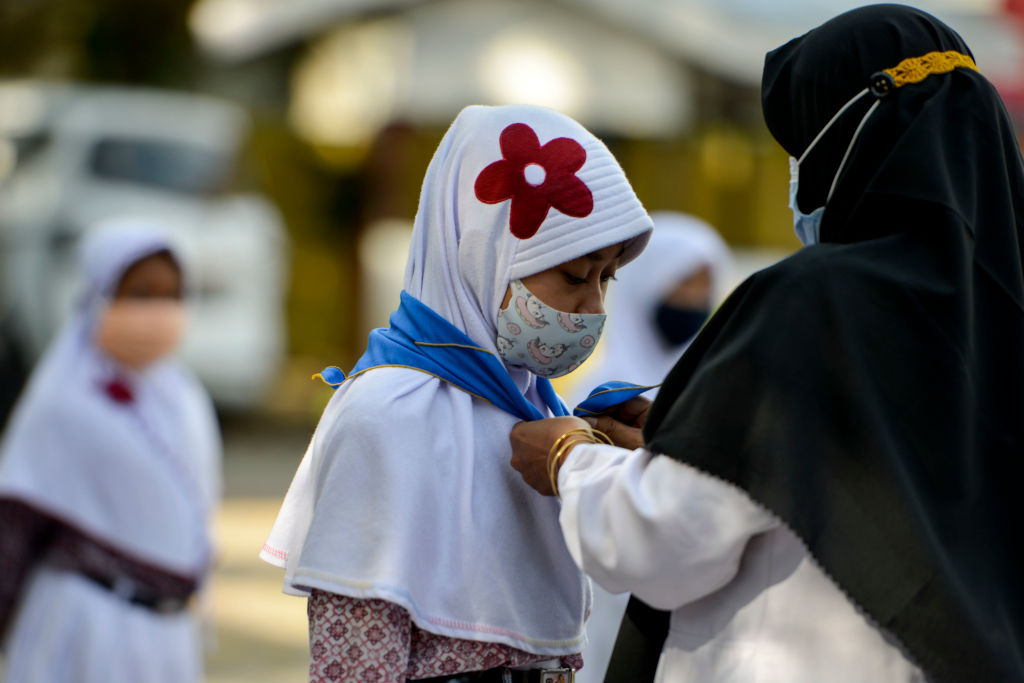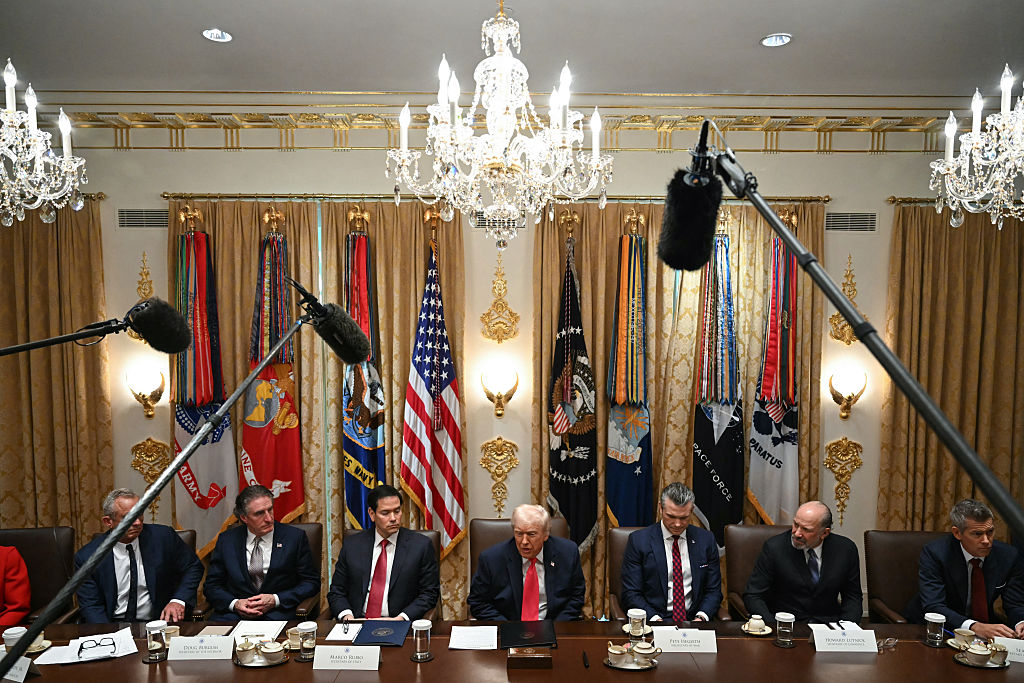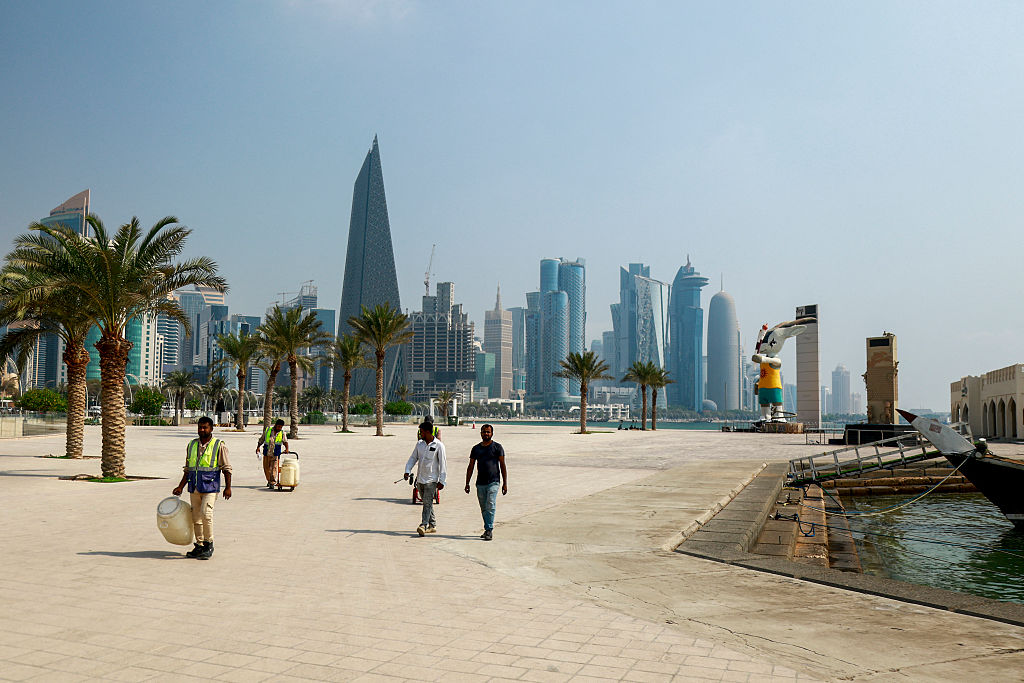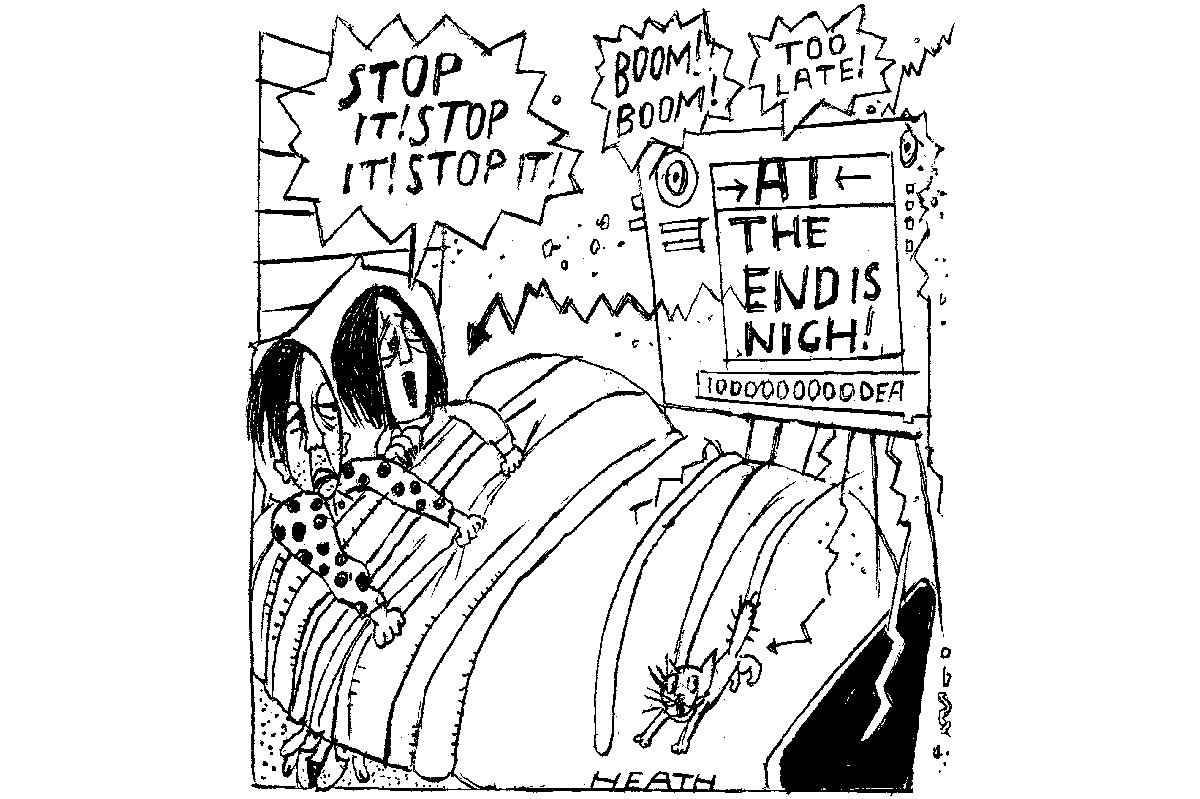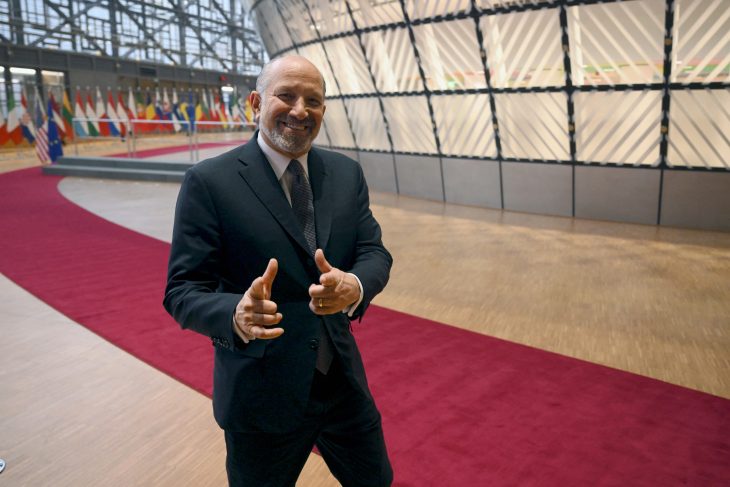Last week, Indonesia banned schools across the country from forcing girls to wear the hijab, after the parents of a 16-year-old Christian schoolgirl uploaded a video of their daughter being forced to wear the headscarf in Padang, in West Sumatra. According to the education minister, schools that now fail to comply with the order will face sanctions.
Before the ban, around 20 of Indonesia’s 34 provinces had mandated religious attire for female students and teachers in public schools. Millions of women in Indonesia, including non-Muslim minorities, have had to wear the hijab, with those who refuse facing intimidation and the possibility of expulsion. Public schools in Indonesia have now been given a month to change their policies.
The culture of Islamic modesty has its modern roots in the 1980s, when a Saudi-Iranian rivalry over their respective brands of orthodox Islam swept across the Muslim world. In more recent times, populist Muslim leaders like Recep Tayyip Erdogan, Mahathir Mohamed and Imran Khan have upped the ante, and endorsed medieval sexist values further exacerbating gender disparity in the Muslim world. In such countries, non-Muslim women are often the primary victims of Islamist subjugation.
With hijab and Islamic dress codes perceived as more ‘honorable’ in many Muslim majority countries, women who refuse to acquiesce are frequently the targets of attacks. Meanwhile, the enforcement of these antediluvian values has seen many Muslim states achieve the lowest scores on gender-based rankings, with thousands of women being killed for ‘honor’ annually.
In Iran, the removal of the Islamic veil has been criminalized since the Ayatollah Khomeini led revolution in 1979. But there are still Iranian women who protest against the enforcement of the hijab. As a result they have been accused of ‘inciting prostitution’ and many female activists have been jailed and lashed. Sayyid Ali Khamenei, Iran’s Supreme Leader, reiterated this week that Iranian women have never had it better.
But it appears that a feminist fightback is taking place. Protests demanding an end to patriarchal moral policing have erupted across the Muslim world in recent years. Last year, women in Iraq demonstrated against gender segregation at political rallies. Lebanese women have used belly dancing and casual clothing during anti-government protests to challenge traditional masculinity, garnering support from across the Arab world. In Pakistan, the annual Aurat (Women’s) March has used the slogan ‘Mera Jism Meri Marzi’ (My Body My Choice) calling for bodily autonomy for women and demanding an end to moral policing associated with certain dress codes.
While many of these protests don’t take an explicitly anti-Islamist stance — largely owing to violent blasphemy laws prevalent in the Muslim world — it is becoming clear that a growing number of women are challenging Islamist modesty in Muslim majority countries.
There has been some dismay then at the way the West has glorified Islamist modesty tools. Indonesia’s move to ban mandatory hijabs came about on the same week as ‘World Hijab Day’, which campaigns to create ‘better awareness’ and ‘greater understanding’ of the Islamic headscarf by presenting it as a woman’s choice.
Many feminists in the Middle East who are forced to adopt modest clothing see this support of the hijab as naive, if not a betrayal. Even in areas like Kashmir, which have experienced anti-Muslim discrimination, women have questioned this labeling of the hijab as a ‘choice’, given that it continues to be enforced upon millions of women.
This imposition is often grounded in Islamic verses and traditions, with the Qur’an and hadiths (sayings of Prophet Mohammed) endorsing modesty codes for men and women. While feminist interpretations of Islamic scriptures have looked to readdress this gender imbalance, literalist versions of Islam are still predominant in the vast majority of the Muslim world, which often means that the ‘freedom of choice’ when it comes to the hijab is, at best, a choice between modesty and immodesty, piety and sin.
Even the organizers of the US-based ‘World Hijab Day’ maintain that the day recognizes women ‘who choose to wear the hijab and live a life of modesty’, arguably implying that not wearing the hijab is somehow ‘immodest’.
It goes without saying that all adults should have the right to wear what they want without being marginalized. But defending the right to wear the hijab should not turn it into a symbol of progress when it is forced on so many women around the globe. Those in the West who claim to speak for female victims of anti-Muslim sentiment should keep this in mind.
In certain countries, when the display of all religious symbols, regardless of religion and sex, have been banned, this has been misrepresented as evidence of ‘Islamophobia’ — a hypocritical allegation made far too frequently by Islamist regimes. This hypocrisy has been laid bare by Indonesia’s mandatory hijab ban. It’s a step that will go a long way in creating a world where wearing Islamic symbols does not lead to anti-Muslim backlash or Islamist subjugation.
This article was originally published on The Spectator’s UK website.



